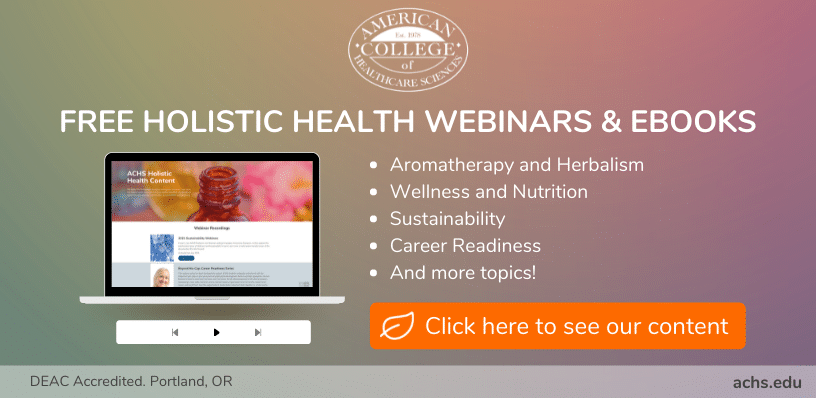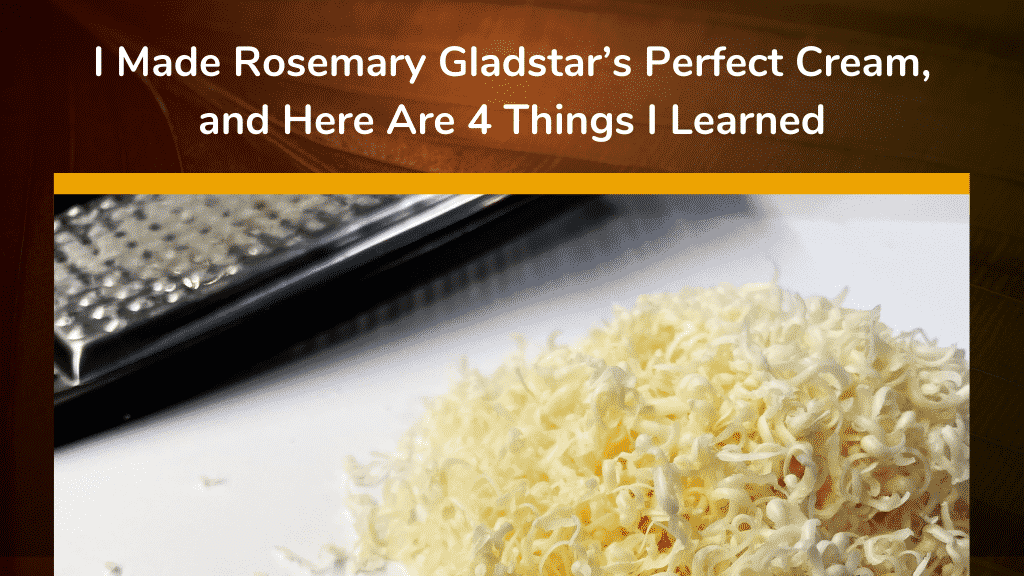
By ACHS graduate Laura Bissessar
A good moisturizer can be difficult to come by, especially if you have problematic skin like myself. So when I first made this cream from legendary herbalist Rosemary Gladstar, I tried to manage my expectations after being underwhelmed with the results of so many natural lotions. Happily, I can report that “perfect cream” is not an exaggeration, and I had finally found a beautifully hydrating product that’s not greasy and not full of harmful chemicals.
Seriously, if you’ve been burning money on natural moisturizers that aren’t cutting it, give Ms. Gladstar’s recipe a try and you won’t be disappointed. I’ve made this perfect cream about four times now, and this time around, I felt like an old pro, so here are some tips that’ll encourage you to dive right in and get “perfect” results!
But First!
Purchase or borrow Rosemary Gladstar’s Herbal Recipes for Vibrant Health for your own copy of this wonderful recipe, plus a wealth of other herbal skin care recipes. Out of respect for the author’s copyright, I won’t be printing the recipe here, but you can do a quick Google search to familiarize yourself!
Laura’s Tips
1. Emulsification is an art – The directions are simple: Step 1 – mix your waters; Step 2 – melt your oils/solids overheat and allow them to cool; Step 3 – pour your waters into your oils via a food processor and get cream! Step 3 is where the process can go wrong. There are lots of sayings about oil and water, but the reality is that we have tons of products, like cosmetics and detergents, that use emulsification to get these two opposing forces to blend seamlessly.
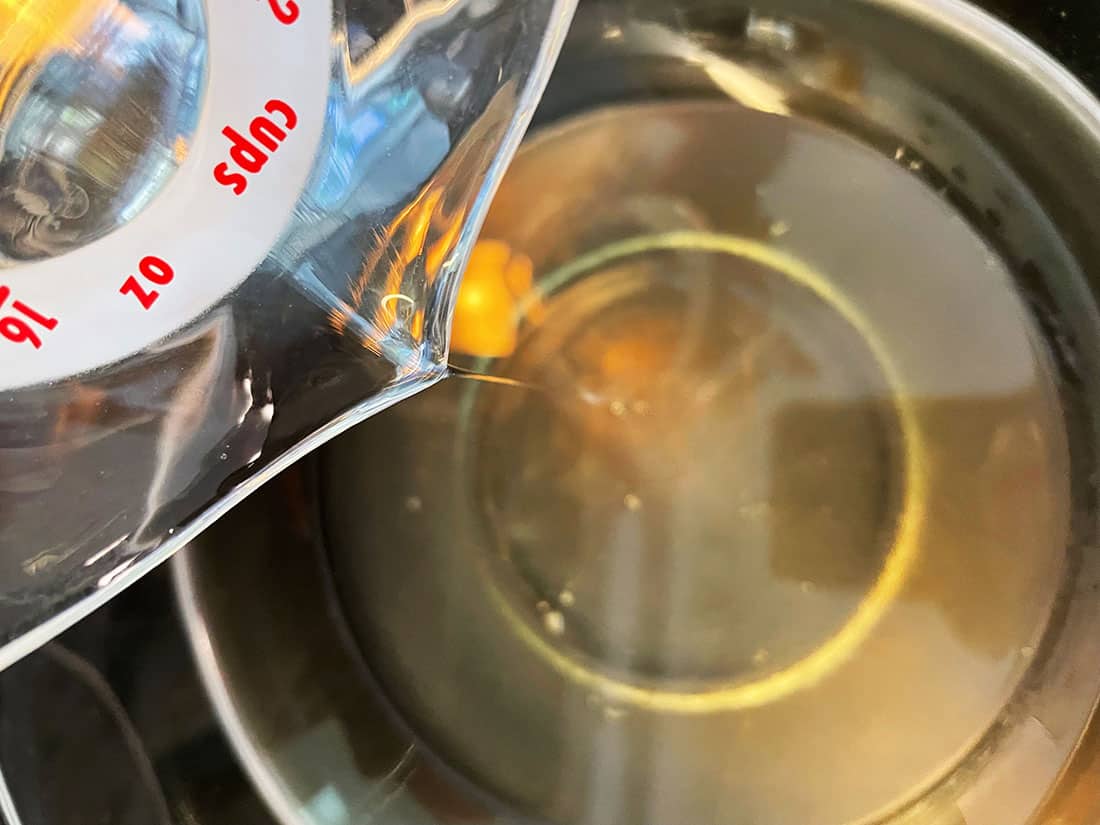
How does that work? With the magic of beeswax! Beeswax works as a natural surfactant, thereby placing your oils and waters in its permanent creamy, semi-solid suspension. And I’ve found that blending/emulsifying works best when done slowly! Very slowly. Maybe even painfully slow, but the final product is oh so worth it. When pouring your waters into a fast-moving food processor, my tip is to pour at a slightly faster rate than a steady drip. Don’t give in to the temptation to dump out the last bit when you get to the end of your pour, or you’ll end up with unblended globs in your cream.
2. Speaking of beeswax, spend the extra money to get beeswax pastilles/pellets – That is, unless you’re okay with dedicating a cheap grater to a block of beeswax. Why? Because it will never wash off, at least not with any method that I’ve tried. I had to give up my handheld grater by force, but that’s not the only reason to get pastilles.
Grating beeswax… let’s just say it’s a great way to get your shoulder workout in for the day. And you absolutely MUST have small bits of beeswax to melt it into your other oils efficiently. Save your strength and your kitchen tools – get the pastilles.
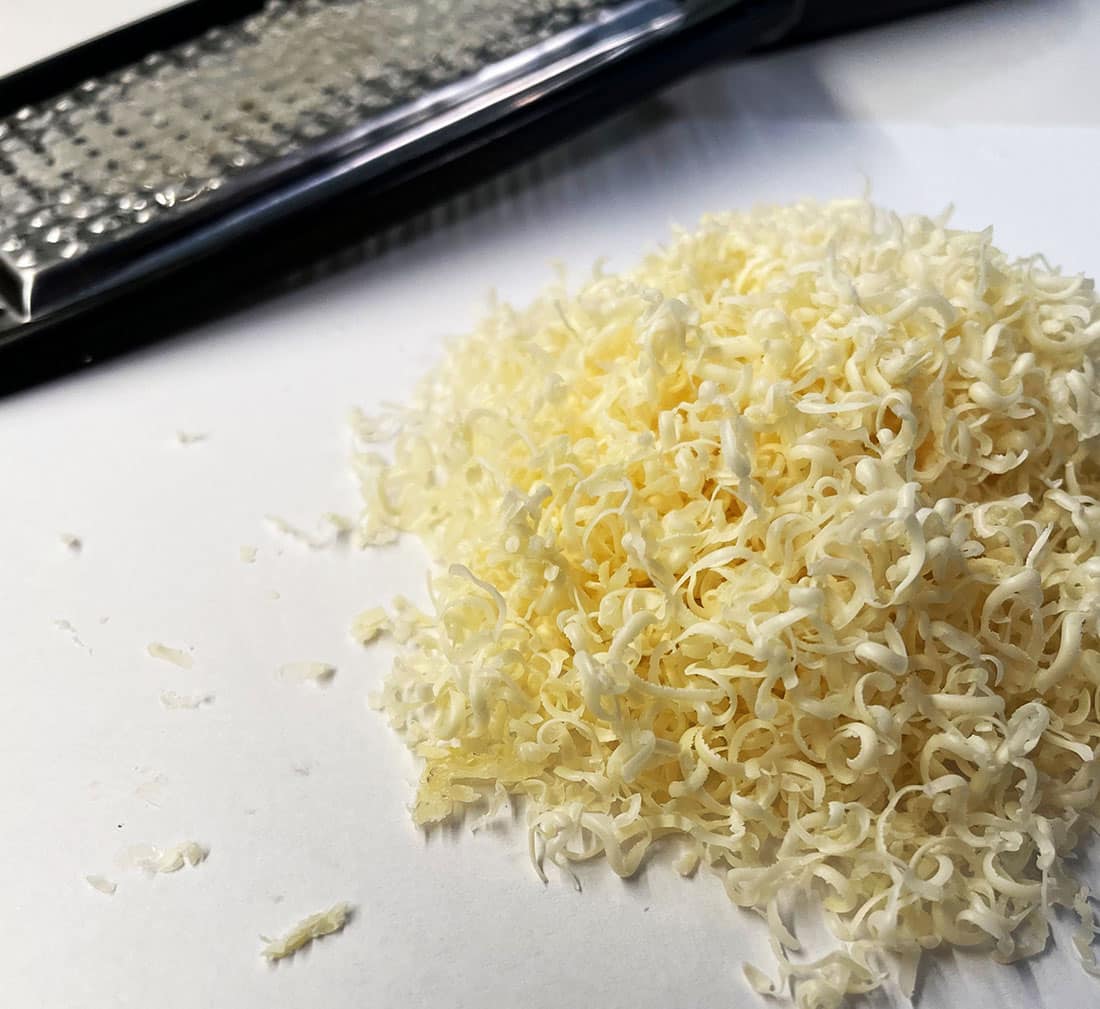
3. The mark of an excellent recipe, even for skincare, is that it can be easily modified – About two-thirds of the way into measuring ¾ cup of sweet almond oil, I ran out. Whoops! I searched through my stash of supplies and found my kukui nut oil (Aleurites moluccans), which contains fatty acids and has a similar consistency to sweet almond oil.
Also, as a personal preference, I chose to eliminate the lanolin and use a bit of hydrating, protective shea butter (Butyrospermum parkii) in its place. Both of these substitutions resulted in a beautiful cream that was mostly indiscernible from the original.
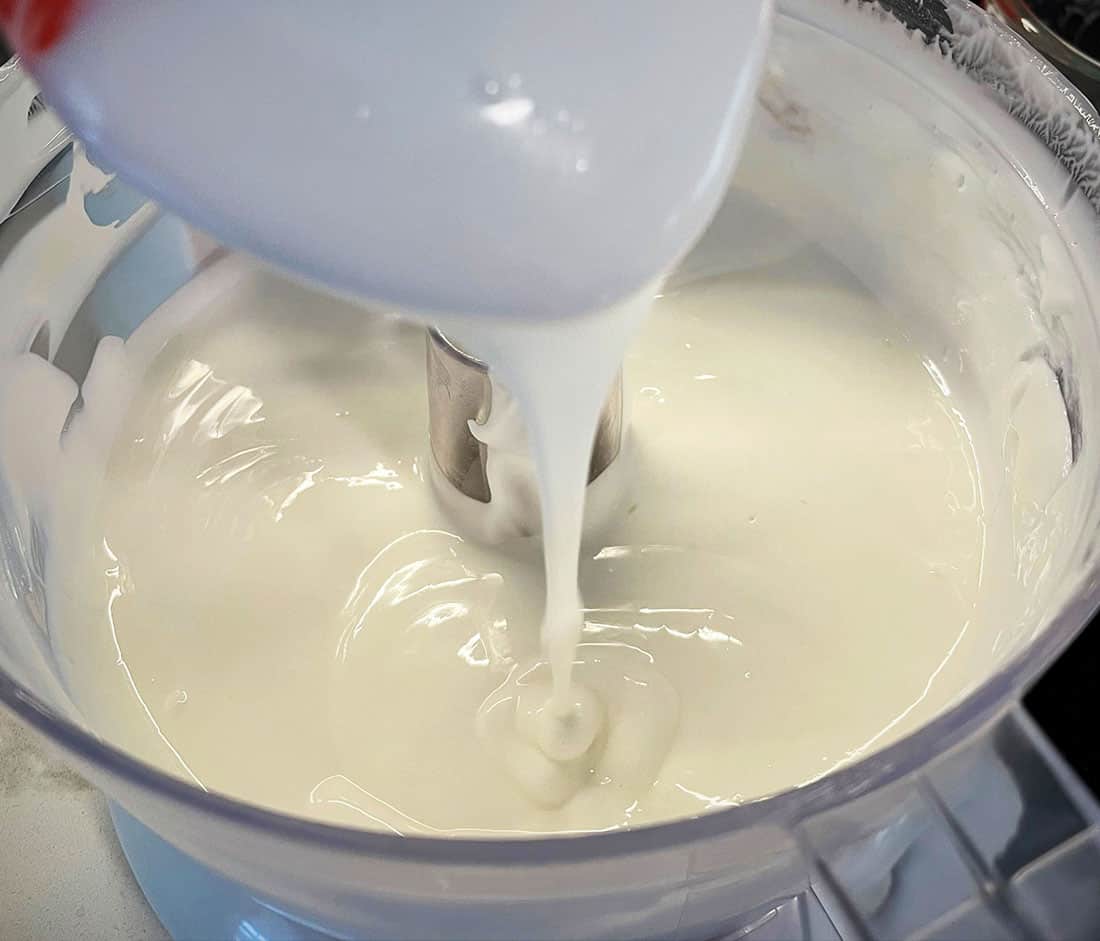
4. Substitute, but only if you know what you’re doing! – And Ms. Gladstar certainly knows what she’s doing. My suggestion is, if you’re not allergic to any of the original ingredients, then stay true to the recipe the first time around. You will gain an appreciation for what it takes to construct a recipe for a skincare product.
Even if it doesn’t go right the first time around, you’ll still end up with something you can use. Just be prepared, go slow, and have fun!
About the Author
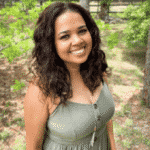
writer, and the ACHS blog provides a fabulous opportunity for alumni to share their words! Check out some of Laura’s writing, which encompasses her many interests, at www.sawdustandlipstick.com.
References:
[1] Brannon, H. (2020, September 9). Surfactants in Skin and Hair Products. Retrieved from: https://www.verywellhealth.com/
[2] Cosmetic Info. (n.d.). Cosmetic Waxes. Retrieved from: https://www.cosmeticsinfo.org/
[3] Gladstar, R. (2008). Rosemary Gladstar’s Herbal Recipes for Vibrant Health. Storey Publishing: North Adams, MA.
[4] Therapeutic Research Center. (2019, July 10). Tung Seed. Retrieved from:
https://naturalmedicines
.therapeuticresearch.com
Disclaimer: This article is for informational purposes only. It is not intended to treat, diagnose, cure, or prevent disease. This article has not been reviewed by the FDA. Always consult with your primary care physician or naturopathic doctor before making any significant changes to your health and wellness routine.
Disclosure of Material Connection: I am a graduate of the American College of Healthcare Sciences, the Institution that publishes this blog. However, all opinions are my own. This blog may contain affiliate links. I am disclosing this in accordance with the Federal Trade Commission’s 16 CFR, Part 255: “Guides Concerning the Use of Endorsements and Testimonials in Advertising.”
About American College of Healthcare Sciences
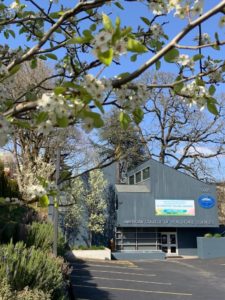
When a person enrolls as ACHS, it is vitally important that they graduate with tools they need to forge their own holistic and sustainable missions, build up their communities confidently and changing the face of healthcare with knowledge.
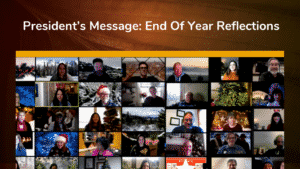 President’s Message: End Of Year Reflectionsby American College of Healthcare Sciences●December 31, 2020
President’s Message: End Of Year Reflectionsby American College of Healthcare Sciences●December 31, 2020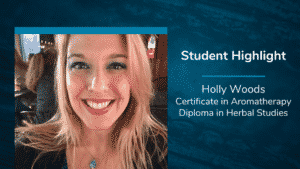 Student Highlight: Wife and Husband Team Start New Businessby American College of Healthcare Sciences●December 22, 2020
Student Highlight: Wife and Husband Team Start New Businessby American College of Healthcare Sciences●December 22, 2020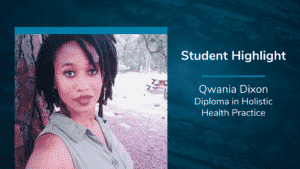 Student Highlight: Holistic Health, Gratitude, and Smoothies |achs.eduby American College of Healthcare Sciences●December 17, 2020
Student Highlight: Holistic Health, Gratitude, and Smoothies |achs.eduby American College of Healthcare Sciences●December 17, 2020 3 Tips For Building Better Habitsby American College of Healthcare Sciences●December 10, 2020
3 Tips For Building Better Habitsby American College of Healthcare Sciences●December 10, 2020
